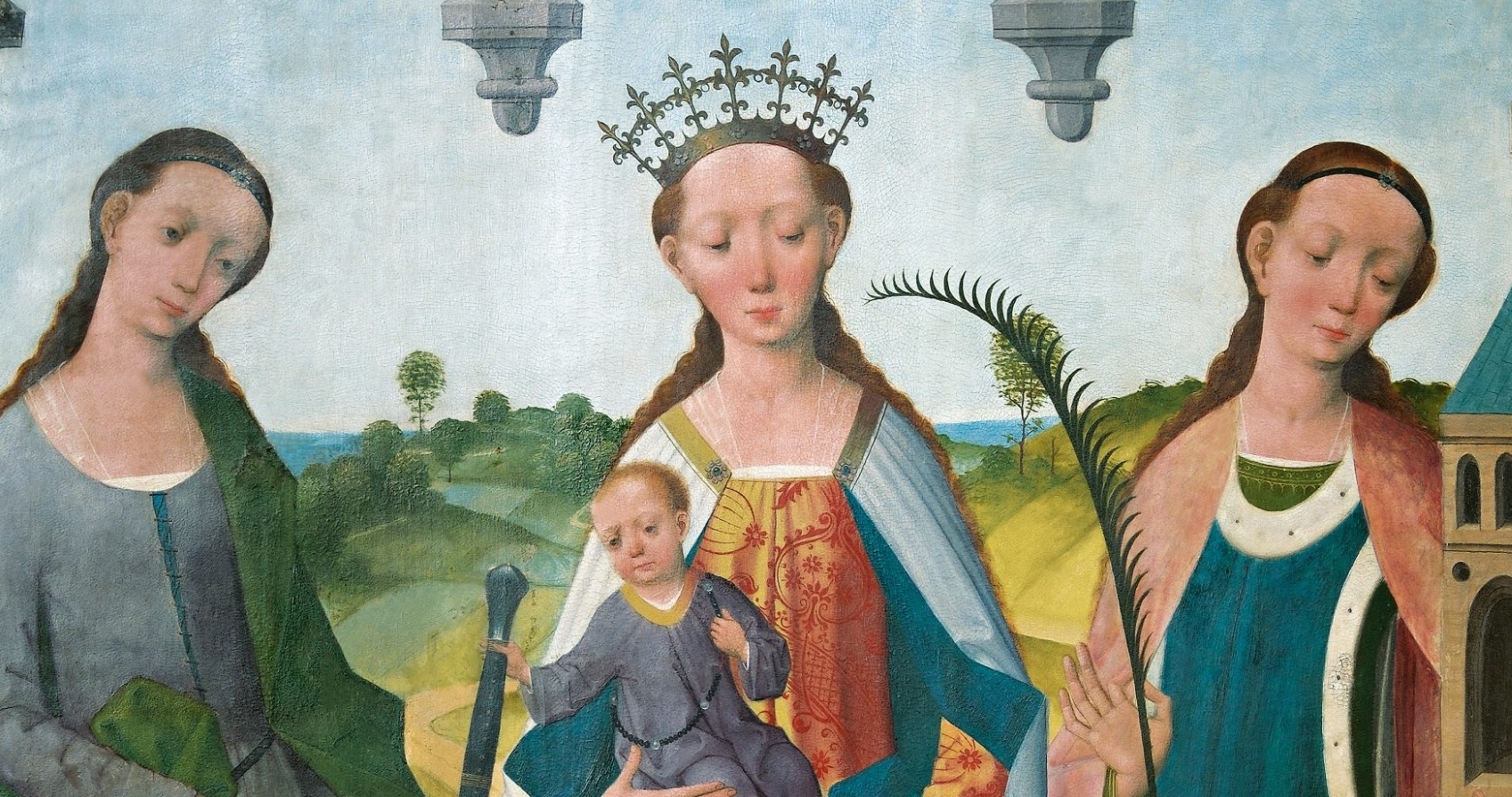The first works of ecclesiastical art were donated to the Art Museum of Estonia in the 1920s, but the majority ended up in the museum after the Second World War. The Niguliste Museum, opened in 1984, is housed in St. Nicholas’ Church, now restored after the damages incurred during World War II.
The core of the Niguliste Collection is made up of late-medieval altarpieces and wooden sculptures. One of the gems of the collection is the double-winged retable of the high altar of St. Nicholas’ Church, which was made in the workshop of Herman Rode, a master from Lübeck, and which arrived in Tallinn in 1481. This is one of the best-preserved and largest late-medieval retables from northern Germany. The collection also includes three Netherlandish altarpieces: the Passion altarpiece, made in the workshop of the Bruges master Adriaen Isenbrandt (with later overpainting by Michel Sittow), the altarpiece of the Virgin Mary of Tallinn’s Brotherhood of the Black Heads, which is attributed to the Master of the St. Lucy Legend from Bruges, and the Brussels’ retable of the Holy Kinship. In addition, there are retables and sculptures of saints from various Estonian churches. The best-known work in the museum is the Dance of Death from Bernt Notke’s workshop. A 7.5-metre-long piece of the original work, completed at the end of the 15th century, has survived to the present day.
The Niguliste collection also contains epitaphs and coats of arms epitaphs mainly from the 16th and 17th centuries. A separate collection is formed by sconces and chandeliers from the 16th to the 18th centuries. The oldest and rarest of these is a four-metre-high brass candelabrum. This seven-armed candelabrum was made in a Lübeck foundry and donated to St. Nicholas’ Church in 1519. Over a hundred gravestones and their fragments are on display in the Niguliste Museum. Most of the gravestones from the 14th to 17th centuries are from St. Nicholas’ Church.




